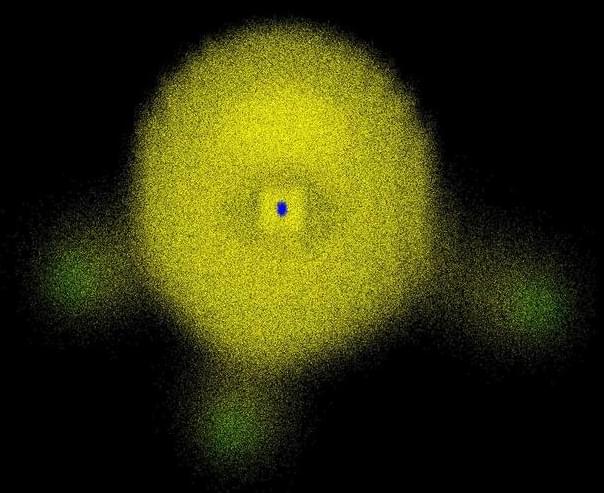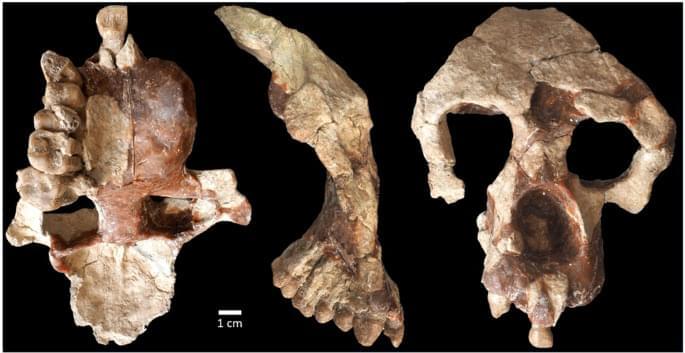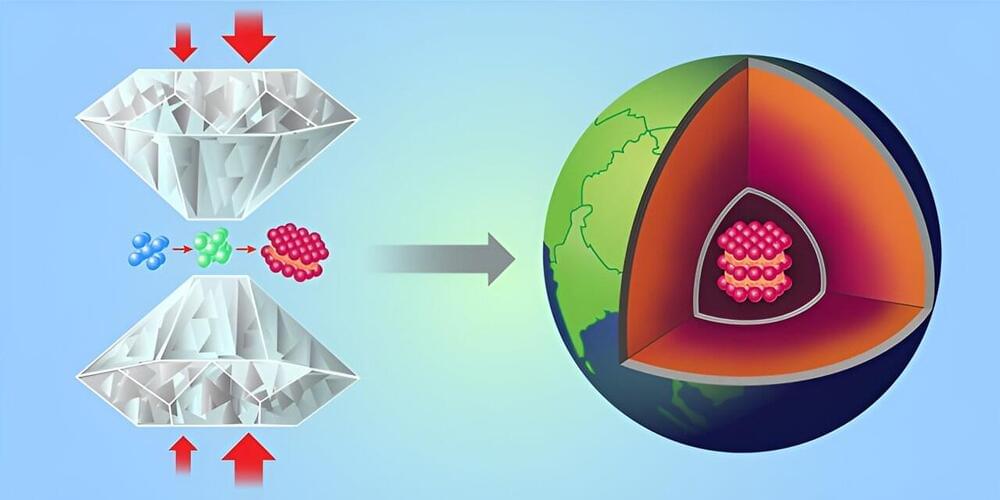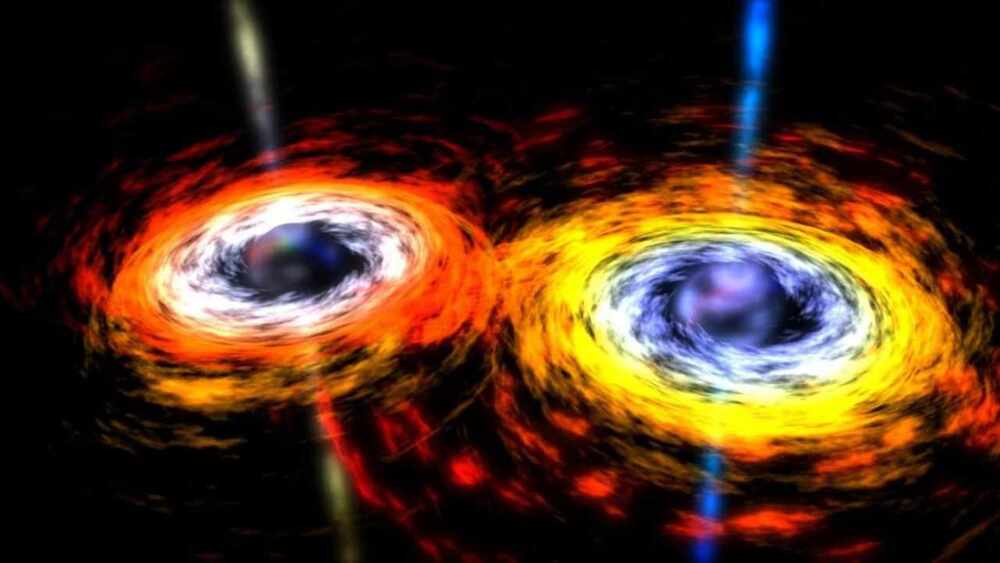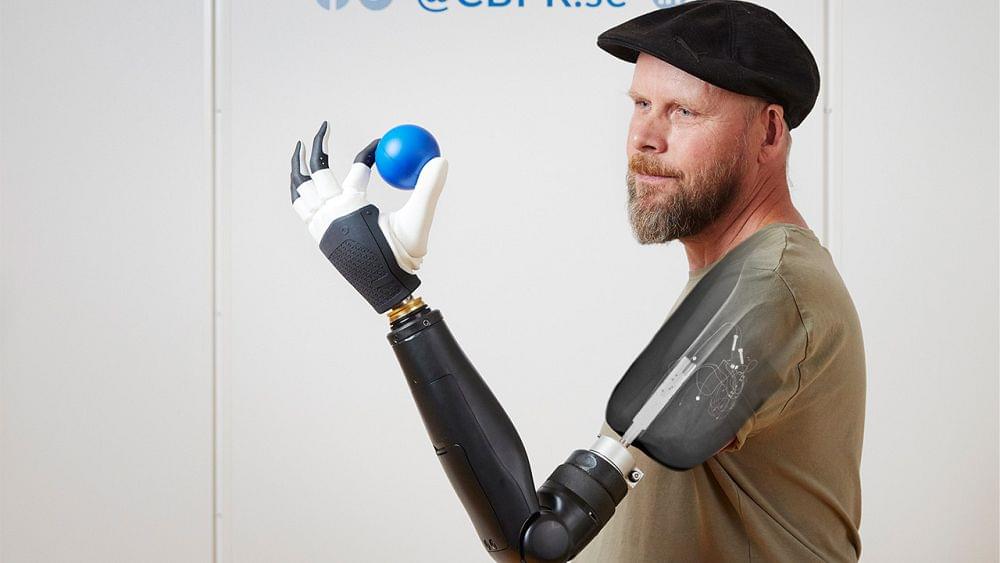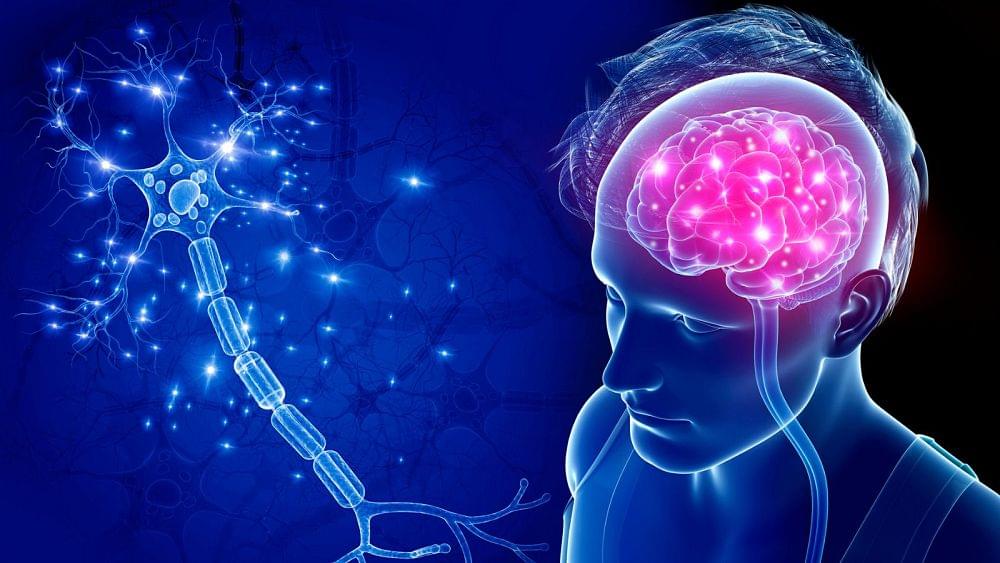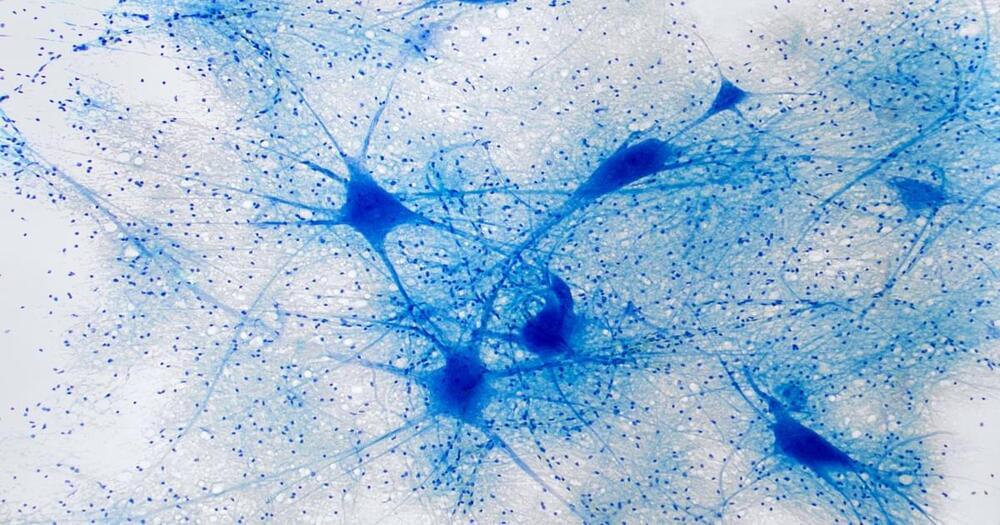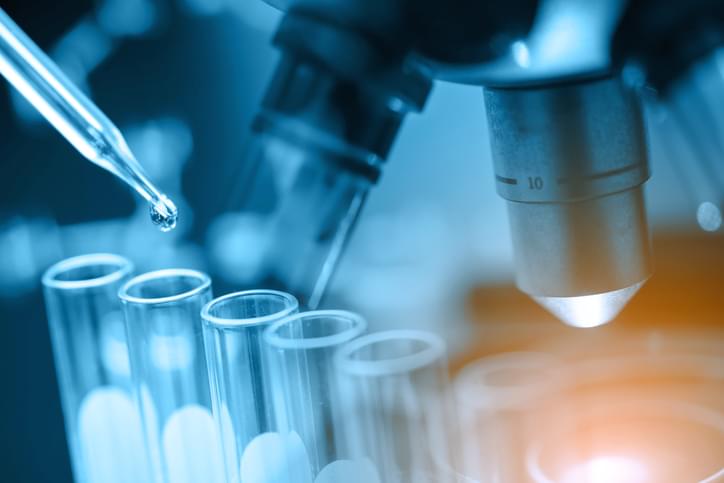The origin of the hominines is among the most hotly debated topics in paleoanthropology. The traditional view, ever since Darwin, holds that hominines and hominins originate in Africa, where the earliest hominins are found and where all extant non-human hominines live. More recently a European origin has been proposed, based on the phylogenetic analysis of late Miocene apes from Europe and Central Anatolia1,2,3 The fossils described here attest to a lengthy history of hominines in Europe, with multiple taxa in the eastern Mediterranean known for at least 2.3 Ma4,5,6,7 Our phylogenetic analysis, based on the new specimens described here and a large sample of other fossil and extant hominoids (Supplementary Note 1, Tables 1, 2), supports previous research confirming the hominine status of the eastern Mediterranean apes2,3,8,9,10,11,12,13,14,15,16,17,18,19,20 Our most parsimonious phylogenetic results suggest that hominines in the eastern Mediterranean evolved from dryopithecins in central and western Europe, though there are alternative interpretations21,22,23,24. Either way, the oldest known hominines are European. They may have dispersed into Europe from ancestors in Africa, only to become extinct22 However, the more likely and more parsimonious interpretation is that hominines evolved over a lengthy period in Europe and dispersed into Africa before 7 Ma.
For some time, the only known late Miocene ape from Anatolia was Ankarapithecus, which is alternatively described as a stem hominid or a pongine25,26,27, but not a hominine. It is easily distinguished from Our anopithecus and Graecopithecus from Greece and Bulgaria25,26,27 In 2007, a new species of Our anopithecus was described from Çorakyerler in central Anatolia28. Since then, thousands of vertebrate fossils have been recovered at Çorakyerler, including a well-preserved ape partial cranium29 (Fig. 1) The O. turkae holotype, a fragmented palate, was originally distinguished from O. macedoniensis in its shorter premaxilla, narrower palate, morphologically similar (homomorphic) upper premolars (as opposed to P3 being more triangular than P4), smaller male canines and possibly larger size28. However, recovery of the new cranium and our reanalysis of the published material requires a reassessment of this conclusion and justifies the naming of a new genus of Miocene hominine.
